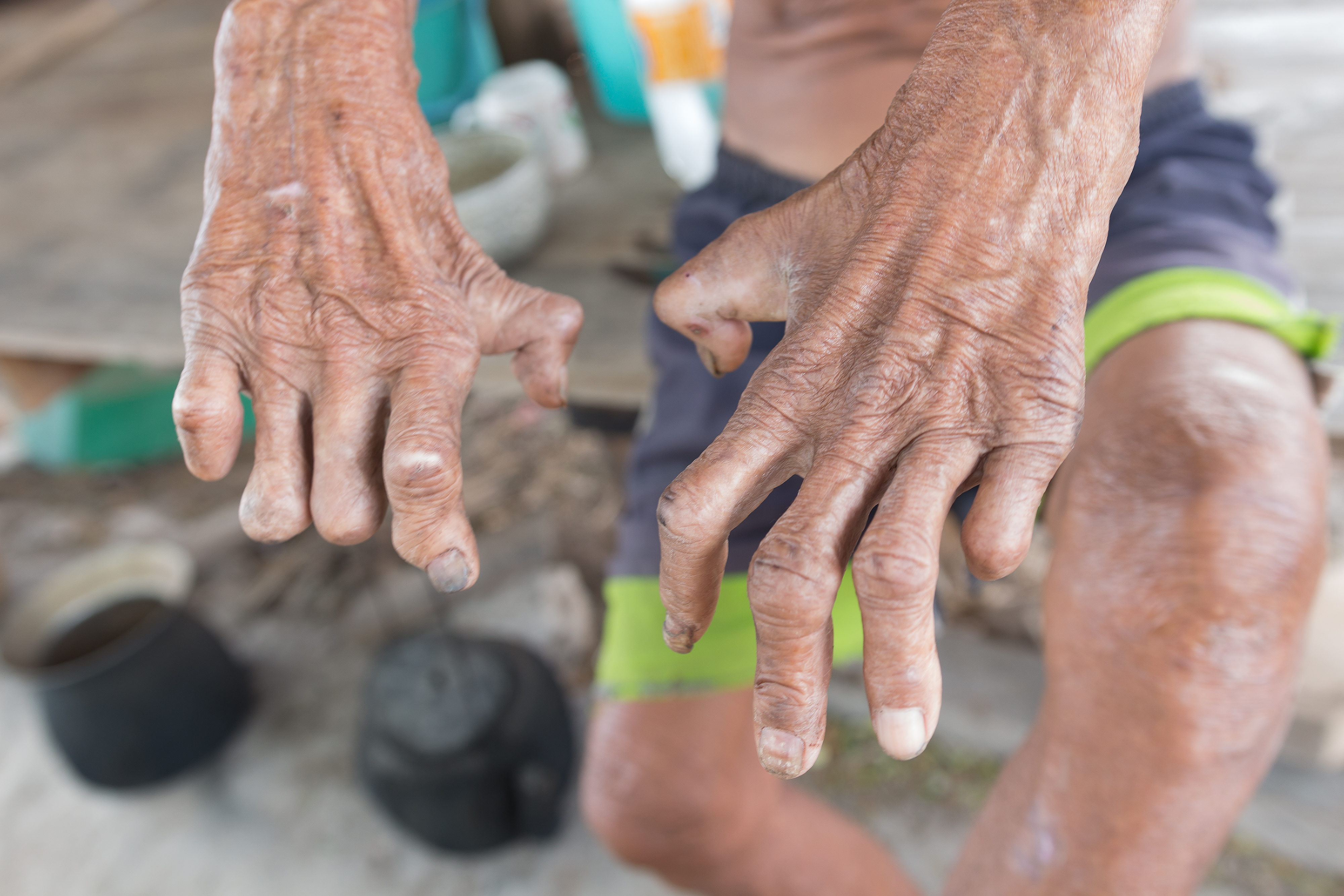Humanities Can Help Improve Human Health

Professor of Comparative Literature and of East Asian Languages and Civilizations at Harvard University, and Victor and William Fung Director of the Harvard University Asia Center, Karen Thornber, was invited to CAS Oslo by the research group Airborne: Pollution, climate change, and new visions of sustainability in China.
In her talk on East Asian literatures and the medical humanities: Tackling stigma,Thornber notes,
–There is much to celebrate when it comes to improvements in human health, but still much to tackle.
Her current book project is on ‘health humanities’. Part of this book engages with disease stigma, and especially with the importance of tackling stigma against illnesses in societies around the world.
Thornber distinguishes between medical and health humanities: the medical humanities address how medicine is practiced, whereas the area of health humanities is more encompassing, focusing on broader experiences of health and illness. Thornber suggests that in her line of work,
– Literature can help critical thinking.
Patients often feel that physicians don't listen
Karen Thornber is interested in how we can use humanities to help improve human health.
As technology has improved, the morale of physicians has not, she says:
– Patients often feel physicians don't listen. In China especially there are incidents of patients attacking their physicians because they don't feel heard.
The multilingual professor argues that health humanities can help us better understand those close to us who have health problems.
Media and literature have both exacerbated and challenged stigma
Reducing stigma is far from a top priority in medical programs and health initiatives, Thornber says. Today, literature and media often challenge stigma, but in the past they have exacerbated it:
– Many writers focus on stigma and not on the disease in itself, demonstrating just how destructive stigmas can be.
Hansen’s disease (leprosy) is an example of a disease that is still highly stigmatised in many societies, despite its being completely curable and not very contagious:
– Due to stigma, people delay seeking treatment if they think they have symptoms of this disease. Many even prefer staying in treatment centres because they are so discriminated against in the outside world.
Thornber provides examples of how the disease, which can be disfiguring, is presented in both ancient and modern literature in Asia.
Leprosy in Chinese, Japanese, and Korean literatures
Thornber cites the work of Angela Lung, who describes early Chinese stigmatisation of leprosy as ‘a mixture of religious, popular, legal, and medical interpretations formulated during a very long historical period’. Leprosy was associated with retribution and the violation of taboos.
The Chinese writer Mo Yan won the Nobel Prize in Literature in part for Hong Gaoliang Jiazu (Red sorghum family), which was published in 1986. In this novel, the protagonist’s grandmother is forced into marriage with a wealthy older man who has leprosy. She is horrified and determines that it would be better to die rather than marry a ‘leper’. Thornber explains,
– Red sorghum does not depict this man as suffering from leprosy, but instead from the reactions of people to this disease.
Konjaku monogatari shū (Tales of Times Past) is an example of leprosy depicted in early Japanese writing. According to Thornber:
– One tale in this prominent work of classical Japanese literature features a monk who is punished with leprosy for behaving improperly. Similarly, thirteenth-century Japanese Buddhist documents speak of leprosy as a karmic illness.
She continues, introducing the short story ‘Pawi’ (‘The rock’, 1936), which she describes as the best-known colonial-period Korean narrative on leprosy:
– It highlights the betrayal of people with leprosy at the hands of their community.
Japan colonised Korea in 1910 and, beginning in the 1930s, forcibly segregated Koreans with leprosy in leprosaria:
– But ‘The rock’ reminds us that Koreans also harshly treated people with leprosy; this story features a woman who is tormented by her neighbours. For its part, South Korean novelist Yi Chong-jun’s Your Paradise (1976) depicts how people with leprosy are treated as ‘already dead’. For the most part, the director of the Sorokdo leprosarium sees the residents under his care primarily as living examples of disease, not as human beings.
Literature reveals the assumptions, world views, and meanings attached to diseases and people with diseases as often causing more suffering than the diseases themselves. Thornber concludes:
– This literature shows a desperate need to replace stigma with care.
Karoline Kvellestad Isaksen